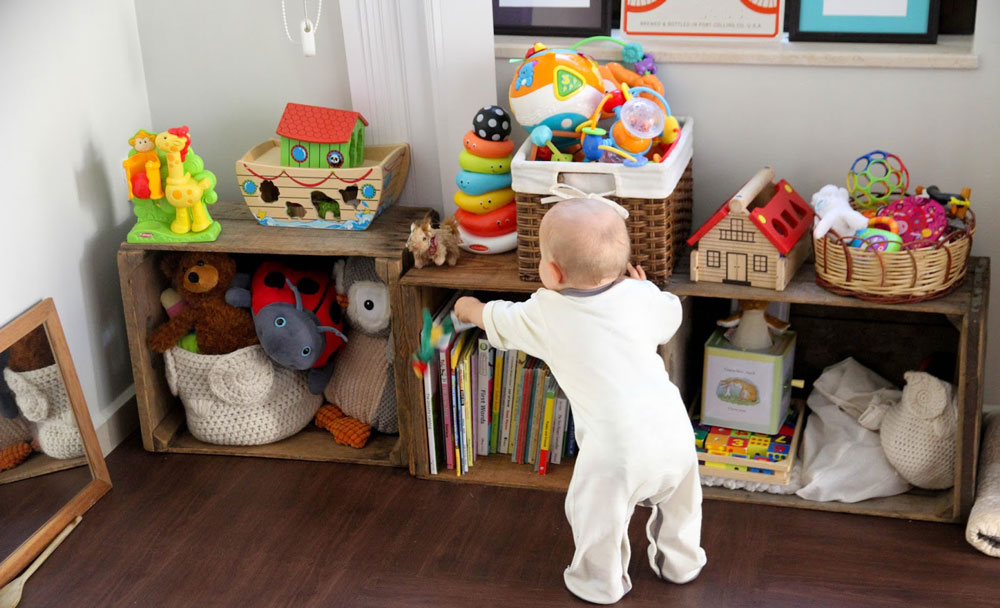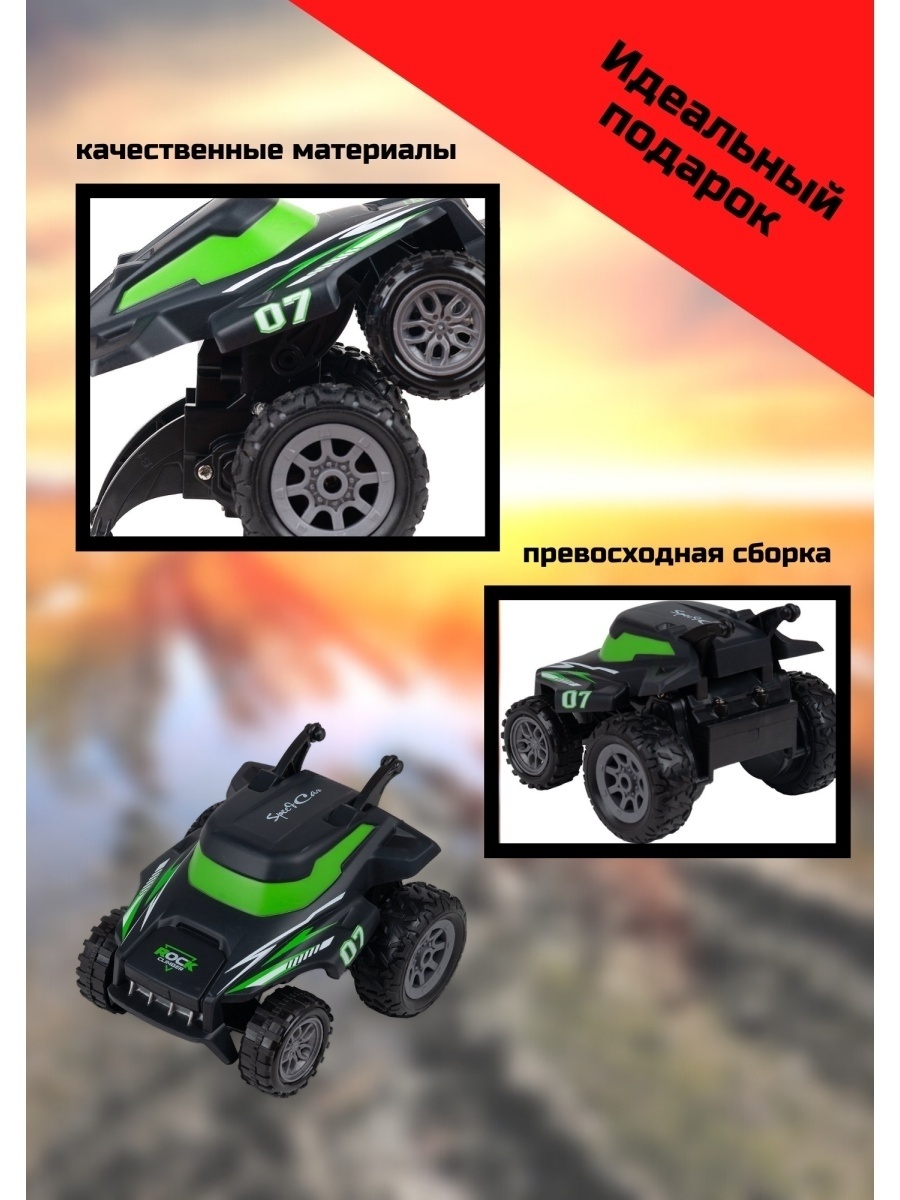
Montessori toys - what is it?
Content
Montessori toys are so popular today that stores often have separate shelves for them, and kindergartens list them on their flyers as an added bonus to encourage parents to choose the product. What are Montessori toys? How are they related to the Montessori method? Is it possible to replace them with regular toys? Let's find out!
To explain the specifics of Montessori toys, we need to learn at least a few basics of the method created by Maria Montessori. It was the forerunner of pedagogy focused on the individual pace of development of the child. Because of this, she created an educational method that is still used and developed today.
Maria Montessori first of all drew attention to the need to observe the child and follow his individual development, abilities and interests. At the same time, she singled out and organized sensitive stages that make it possible to accurately plan the scope and topics of education, taking into account the age of the child.
How to choose Montessori toys?
In order to choose educational toys well for this method, it is necessary to know the sensitive phases at least in general terms. The sensitive phase is the moment when the child is especially sensitive to a given issue, interested in it, looking for a way to engage with this topic and get to know it. A parent should take advantage of this natural curiosity by providing materials and aids, and by engaging in activities that satisfy the child's curiosity.
And so shorter. Movement is important from birth to year of birth. Between the ages of one and six years, the child is especially sensitive to language (speech, reading). 6-2 years - order, 4-3 years - writing, 6-2 years - music, learning through the senses, mathematics, spatial relationships. Sensitive phases are superimposed on each other, intertwined, sometimes come a little earlier or later. Having basic knowledge about them and observing the child, it is easy to notice in which areas it is best to support the development of the baby at the moment. Well, we only need to choose the right aids, that is ... toys.
Montessori Aids - What is it?
Even 10 years ago, we could mainly meet the term Montessori assistants, because most often children used them in the offices of therapists and re-educators. In addition, they were bought in a few shops or ordered from artisans, which made them very expensive. Fortunately, with the popularization of the Montessori method, these aids became more widely available, appeared in cheaper versions, and were mostly referred to as toys.
Montessori toys are, above all, simple in shape and color so as not to irritate the child. Most often they are made from noble materials. There is also no clutter of too many features or additional distractions. Their simplicity encourages children to be creative from the first months of life. Very often, parents who see Montessori toys for the first time find them "boring". There is nothing more wrong - the experience of thousands of educators and parents confirms that it is precisely such modest forms that most effectively stimulate children's curiosity.
What other toys should be in the Montessori method? Adapted to the age and capabilities of the child (eg size) and accessible. Available, that is, within the reach of the baby. Maria Montessori emphasized that the child should be able to independently choose and use toys. Hence, in the rooms of children brought up in accordance with the pedagogical methodology, the shelves are low and reach 100 - 140 cm in height.
We review the most interesting Montessori toys
Montessori toys can be selected according to the age of the child, the sensitive phase, or the type of learning they need to support. The first two ways are obvious, so let's focus on the third. The most important thing is to give the child toys that stimulate development in various areas. What does it mean? Don't buy a fifth language manual if you don't already have a math, science, or practice toy on your child's bookshelf.
For example, if we want to take care of hands-on learning, we can take advantage of aids that will make it easier to master everyday basic activities such as self-service or space organization. These can be cleaning kits or a garden brush for sweeping a terrace or sidewalk. Please note that these are products that actually get the job done. Or, for example, toys that allow you to engage in self-service - tie shoelaces or fasten clothes.
For outdoor play, we have perhaps the most attractive selection of Montessori toys. All kinds of figurines, reflecting the natural look of animals and plants, are beautiful and adored by children from 3 to ten years old. Safari theme packs deserve a special recommendation. The human body should also be an important element of science education from the very beginning.
On the other hand, parents most often use language toys (eg wooden alphabet) and math toys (eg geometric solids). Probably because they want their children to start going to kindergarten and school as easily as possible.
There are many toys that support the development of the child in accordance with Montessori's assumptions. In addition to the ones we've covered in this article, you'll also find music, art, sensory tools, and even ready-made kits, such as creative stones or specially prepared tools. In fact, it is enough to know the pedagogical postulates of Maria Montsori and you yourself will be able to choose the right toys that the child will use with pleasure and benefit.
You can find more similar articles on AvtoTachki Pasje
